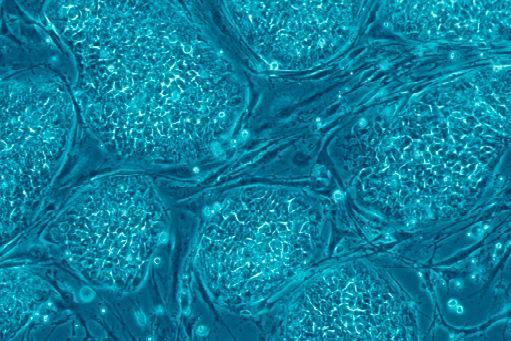FDA Approves Phase II Stem Cell Trial for Lou Gehrig’s Disease

Designed to treat up to 15 patients in five different dosing cohorts, Neuralstem's Phase II trial will use NSI-566 spinal cord-derived human neural stem cells in the treatment of ALS.
"The aim of this Phase II trial is to obtain the maximum tolerated dose using the same route of administration as in Phase I, which was through direct injections into the gray matter of the spinal cord," said Karl Johe, PhD, Neuralstem Chairman and Chief Scientific Officer. In Phase II, the dose will be escalated from the 100,000 stem cells per injection used in Phase I to 400,000, and from 15 injections per patient to up to 40.
The Phase II trial follows the February 2013 completion of Neuralstem's Phase I clinical trial that tested, for the first time ever, the effect of stem cell therapy on ALS. Researchers reported that the cells appeared to interrupt disease progression in a subset of patients, and that the cells survived in the spinal cords of autopsied patients (who died from the illness).
"In Phase I, we demonstrated that the therapy appeared to interrupt progression of the disease in one subgroup of patients over a long period of time," said Dr. Eva Feldman, MD, PhD, Director of the A. Alfred Taubman Medical Research Institute and Director of Research of the ALS Clinic at the University of Michigan Health System. Dr. Feldman acted as the principal investigator during the preclinical work.
The first 12 patients will receive injections in the cervical region of the spinal cord only, where the stem cells could help preserve breathing function. The final three patients will receive both cervical and lumbar injections. The Phase II trial will take place at two centers, Emory University Hospital in Atlanta, Georgia, where Phase I was completed, and ALS Clinic at the University of Michigan Health System, in Ann Arbor, Michigan, subject to approval at each institution. All of the patients will be ambulatory and reside within close geographic proximity to the research center where they will participate.
A variety of stem cells are currently being explored as therapeutic options for treating neurologic diseases, including ALS, stroke, Parkinson's disease, and Huntington's disease. Researchers are finding that each type of stem cell has pros and cons as a source for cell therapy. Appropriate selection, then, with regard to the nature and status of neurologic dysfunctions is required to achieve optimal therapeutic efficacy.
Publicly-traded Neuralstem has been awarded orphan status designation by the FDA for its ALS cell therapy. Because orphan diseases affect only a small percentage of the population, drug companies would not have sufficient financial incentives for developing treatments for rare diseases without this status. In addition to ALS, Neuralstem is also targeting major central nervous system conditions with its cell therapy platform, including spinal cord injury, ischemic stroke and glioblastoma (brain cancer).



























